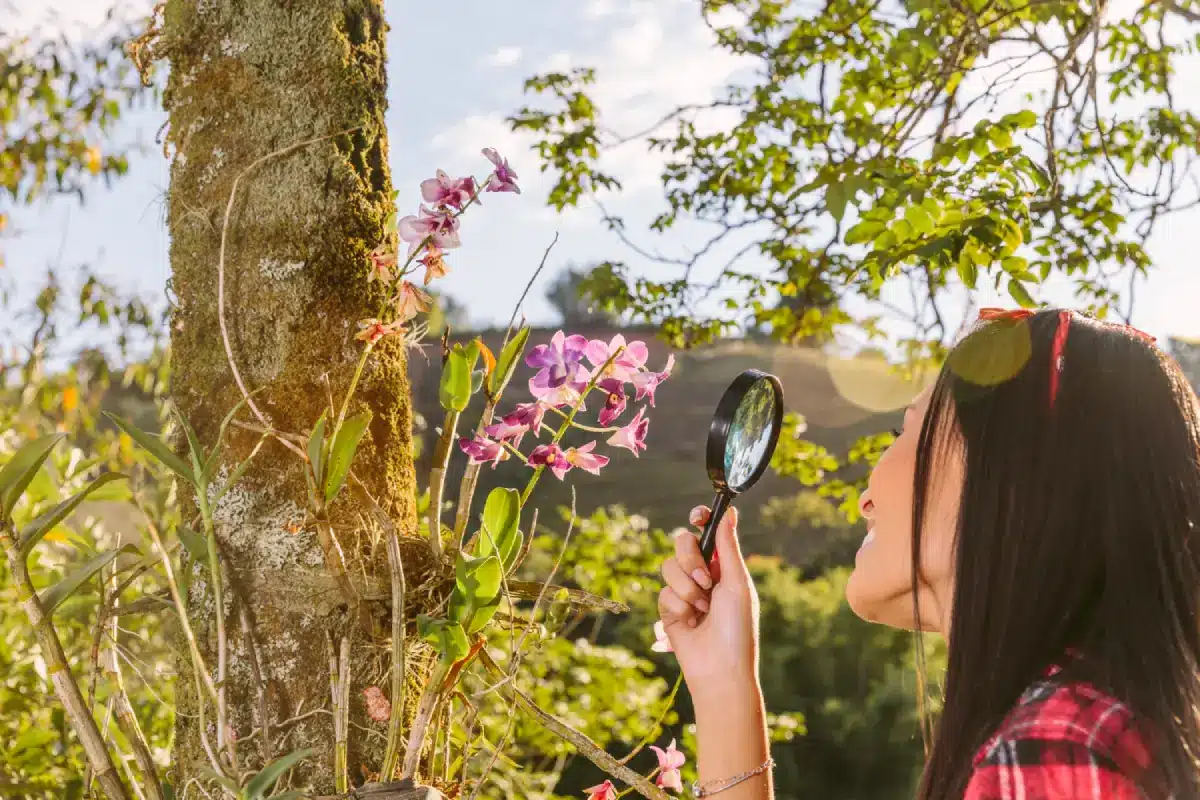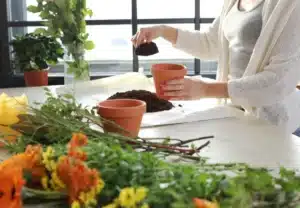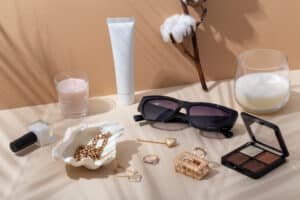There’s something magical about a garden buzzing with life. Birds chirping, butterflies fluttering, and bees humming—like having your slice of nature’s paradise. But how do you turn your garden into this lively haven? The answer is more straightforward than you might think: Garden Wildlife Direct. Let’s dive into how you can make your garden the ultimate wildlife destination.
Start with the Basics: Food and Water
Just like us, wildlife needs food and water to thrive. Begin by setting up bird feeders. Choose a variety of feeders to attract different types of birds. Seed feeders, suet feeders, and nectar feeders are all great options. Remember to keep them clean and well-stocked, especially when food is scarce in winter.
Water is equally essential. A birdbath is a fantastic addition to any garden. It provides drinking water and offers birds a place to bathe and cool off. Please place it in a quiet spot where birds feel safe from predators.
Create a Shelter with Plants and Nesting Boxes
Imagine trying to sleep without a cozy bed. Wildlife needs shelter just like we do. Planting native shrubs, trees, and flowers provides natural hiding spots and nesting areas for birds, insects, and small mammals. Choose a mix of plants that offer year-round interest and benefits, like berries in the winter and flowers in the summer.
Nesting boxes are another brilliant idea. They give birds a safe place to raise their young. Different species have different needs, so research or check out the selection at Garden Wildlife Direct to find the perfect fit for your feathered friends.
Think About the Little Guys: Insects and Pollinators
Insects often get a bad rap, but they’re vital for a healthy garden ecosystem. Bees, butterflies, and other pollinators help plants reproduce, leading to more flowers and fruits. Plant a variety of nectar-rich flowers to attract these essential creatures. Lavender, marigold, and sunflowers are all excellent choices.
Creating an insect hotel is another fun project. These structures provide shelter for beneficial insects like ladybugs and solitary bees. You can buy a pre-made one or get crafty and build your own using natural materials like bamboo, wood, and straw.
Avoid Harmful Chemicals
Pesticides and herbicides might seem like a quick fix for garden pests, but they can harm wildlife. Opt for organic gardening methods instead. Companion planting, natural predators, and homemade remedies can keep pests at bay without damaging your garden’s ecosystem.
Enjoy the Process and Watch Your Garden Transform
Turning your garden into a wildlife haven is a journey, not a race. Take your time, enjoy the process, and watch as your garden comes to life. With some effort and help from Garden Wildlife Direct, you’ll create a vibrant, thriving ecosystem that benefits you and the wildlife.
Get Started Today
Ready to attract wildlife to your garden? Head over to Garden Wildlife Direct for all the supplies you need. From bird feeders to nesting boxes and everything in between, they’ve got you covered. Start small, think big, and your garden will teem with life before you know it.
Conclusion
Creating a wildlife-friendly garden is rewarding and essential for supporting our local ecosystems. By providing food, water, shelter, and a pesticide-free environment, you’re inviting diverse creatures to share your outdoor space. The beauty of this process lies in its simplicity—you don’t need to be a gardening expert to make a significant impact. And be sure to explore Magque, your go-to source for the latest and most intriguing updates in informative tips & reviews!
FAQs
Q1. What types of food should I use to attract birds to my garden?
To attract various birds, use different types of bird food such as sunflower seeds, suet, peanuts, and nectar. Sunflower seeds attract finches and cardinals, suet is excellent for woodpeckers, peanuts attract bluejays, and nectar brings hummingbirds.
Q2. How can I make my garden more attractive to pollinators like bees and butterflies?
Plant various nectar-rich flowers like lavender, marigold, and sunflowers. Avoid using pesticides and provide a water source. You can also create an insect hotel to offer shelter for beneficial insects.
Q3. What is the best way to provide water for wildlife in my garden?
A birdbath is an excellent way to provide water. Please place it in a safe, visible location and keep it clean and filled. A small fountain or dripper can help attract more birds by creating moving water.
Q4. How can I create shelter for wildlife in my garden?
Plant native shrubs, trees, and flowers for natural cover and nesting sites. Additionally, installing bird nesting boxes and providing log piles or leaf litter for insects and small mammals can create cozy habitats.
Q5. Are there eco-friendly ways to manage pests in my wildlife garden?
Yes, there are several eco-friendly pest management techniques. Companion planting, introducing natural predators like ladybugs, and using homemade remedies such as garlic spray can help control pests without harming wildlife or plants.
Read Also:- Gardening Naturally: Cultivating Your Green Thumb With Eco-Friendly Solutions In 2024













